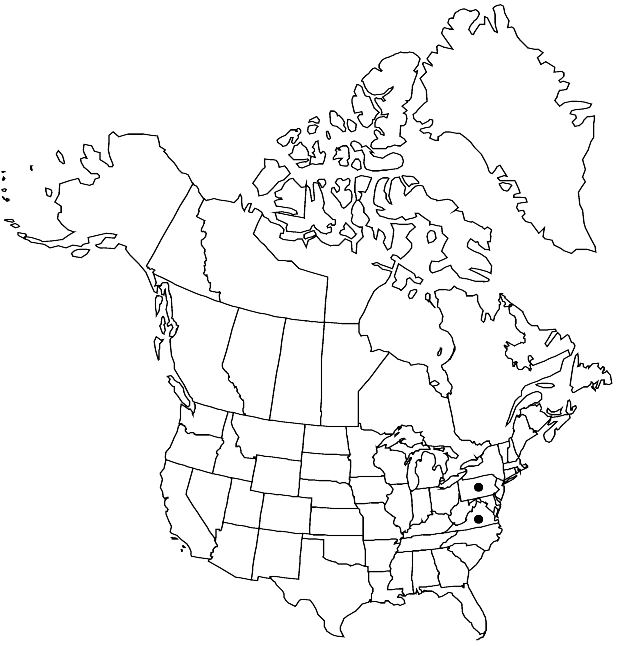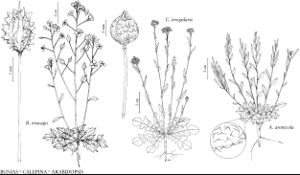Difference between revisions of "Bunias erucago"
Sp. Pl. 2: 670. 1753.
imported>Volume Importer |
imported>Volume Importer |
||
| Line 55: | Line 55: | ||
|publication year=1753 | |publication year=1753 | ||
|special status=Weedy;Introduced;Illustrated | |special status=Weedy;Introduced;Illustrated | ||
| − | |source xml=https:// | + | |source xml=https://bitbucket.org/aafc-mbb/fna-data-curation/src/2e0870ddd59836b60bcf96646a41e87ea5a5943a/coarse_grained_fna_xml/V7/V7_671.xml |
|tribe=Brassicaceae tribe Buniadeae | |tribe=Brassicaceae tribe Buniadeae | ||
|genus=Bunias | |genus=Bunias | ||
Latest revision as of 22:35, 5 November 2020
Annuals; glabrous or pubescent. Stems unbranched or branched basally and distally, 1.5–7(–10) dm, (often white-hispid proximally and trichomes simple, glabrous distally). Basal leaves: petiole 1–4(–6) cm; blade lanceolate (in outline), lyrate to sinuate-pinnatifid, or runcinate-pinnatisect, (1–)3–15(–19) cm, lateral lobes oblong or lanceolate, (smaller than terminal lobe). Cauline leaves: (distalmost) blade lanceolate or sublinear. Fruiting pedicels divaricate, straight, 1.5–2.5(–3) cm. Flowers: sepals ascending to spreading, 3–4 × 1–1.5 mm; petals (8–)10–13 × 4.5–6 mm, claw minute or absent; filaments 3.5–6 mm; anthers 1–1.3 mm. Fruits oblong to subglobose, subquadrangular, with 4 irregularly dentate wings, 4-loculed, (0.8–)0.9–1.3(–1.4) cm × 5–6.5 mm; style 3.5–5(–6) mm. Seeds 3 or 4 per fruit, 2–3.5 mm. 2n = 14.
Phenology: Flowering Apr–Jun.
Habitat: Roadsides, fields, pastures, disturbed areas, waste places
Distribution

Introduced; Pa., Va., s Europe, sw Asia, n Africa.
Discussion
Selected References
None.
